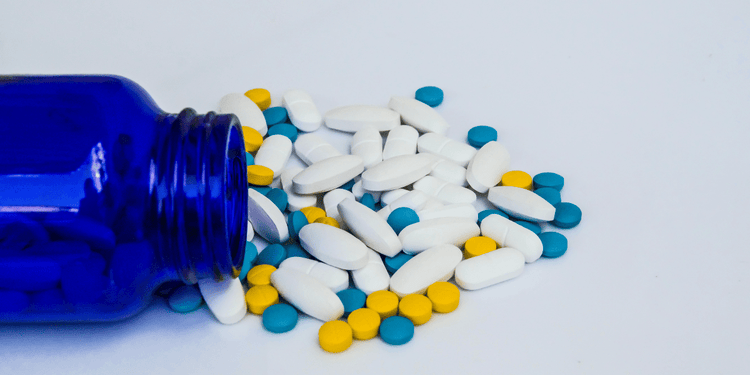
Loratadine (Claritin®, Alavert®) for Dogs and Cats
Loratadine, commonly known as Claritin® or Alavert®, is a type of antihistamine drug commonly used in dogs and cats to control itchy skin.
The use of loratadine in dogs and cats has been limited. Much of the information about how loratadine works in dogs and cats, as well as its side effects, has largely been extrapolated from human literature and information about the other antihistamines more commonly used in dogs.
How Do Antihistamines Work?
Histamine is a chemical that is released in the body in response to an inflammation or allergy. This chemical travels throughout the body searching for specific histamine receptors (targets on cells). Once attached to the receptors, histamine will cause swelling, itchiness, and other symptoms associated with an allergic response.
There are two types of histamine receptors: H1 and H2. H1 receptors affect small blood vessels and smooth muscles. When histamine attaches to the H1 receptors, the small blood vessels dilate, and fluid begins to leak out. This results in tissue swelling and itchiness. In addition, the smooth muscles lining the small airways constrict, causing tightness and some breathing difficulty.
H2 receptors affect heart rate and stomach acid secretions. When histamine attaches to H2 receptors, the heart rate and stomach acid secretions increase, potentially leading to ulcers.
Drugs that block the effects of histamine are called antihistamines. There are a number of drugs demonstrating antihistamine effects; some are useful in allergies and others for preventing excessive stomach acid. The effects of the antihistamine depend on whether it binds with the H1 receptors or H2 receptors. There are few drugs that affect both types of receptors.
Loratadine is one type of antihistamine that inhibits the action of histamine, particularly its effect on H1 receptors. This results in a reduction or prevention of swelling and itchiness. Loratadine has little to no effect on heart rate or stomach acid secretions.
Brand Names and Other Names for Loratadine
- Human formulations: Claritin®, Alavert®, and various generic preparations
- Veterinary formulations: None
Loratadine is available over the counter, but should not be administered unless under the supervision and guidance of a veterinarian.
This drug is not approved for use in animals by the Food and Drug Administration, but it is prescribed legally by veterinarians as an extra-label drug.
Claritin: Precautions and Side Effects
While generally safe and effective when prescribed by a veterinarian, loratadine can cause side effects in some animals. The most common include:
- Sedation
- Lethargy
- Dry mouth
- Vomiting
- Diarrhea
- Decreased tear production
Loratadine may interact with other medications. Consult with your veterinarian to determine if other drugs your pet is receiving could interact with loratadine. Such drugs include amiodarone, cimetidine, and ketoconazole.
Claritin and other forms of loratadine are not typically prescribed to dogs and cats with dry eyes, liver issues, or sensitivities to any of the drug’s ingredients.
Claritin Dosage for Dogs and Cats
Medication should never be administered without first consulting your veterinarian. This drug has not been well studied in dogs and the oral dispersible tablets may contain xylitol, a known canine toxin. If you’re concerned about costs related to medication, learn how pet insurance may be able to help. Click here to learn more.
Loratadine is dosed in dogs at 0.1 mg per pound to 0.55 mg per pound of body weight (0.25 to 1.1 mg/kg) once daily or divided twice daily. Another way that loratadine is dosed in dogs is by the total dose. For example, most dogs will receive 5 to 10 mg (total dose) orally one to two times daily (every 12 to 24 hours). Small dogs may receive 5 mg per dog once daily, medium sized dogs 10 mg per dog once daily, and large dogs may get up to 10 mg per dog twice daily.
In cats, loratadine has not been studied, and no well-established doses are published. Some reports suggest a dose of 0.25 mg per pound (0.5 mg/kg) orally once daily.
The duration of administration depends on the condition being treated, response to the medication, and the development of any adverse effects. Be certain to complete the prescription unless specifically directed by your veterinarian. Even if your pet feels better, the entire treatment plan should be completed to prevent relapse.